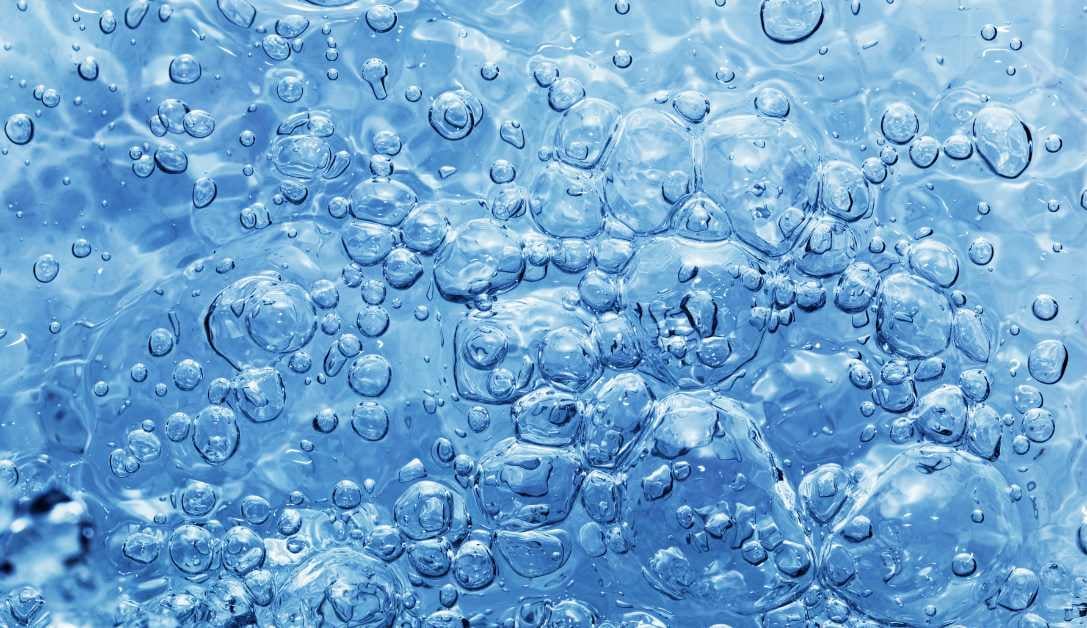
When choosing a drinking water tank for your business premises, there are several factors to consider to ensure you select the most suitable model for your needs. For example, your chosen water tank must offer sufficient capacity, should be non-biodegradable, and should be classed as food-safe so that drinking water is safe for consumption.
However, like any business investment, choosing a potable drinking water tank should be a long-term decision – there’s little point spending money on a tank if it degrades prematurely and causes water to become contaminated. So, how long should a drinking water tank last and what factors affect its lifespan?
Materials
The material of the water tank has a direct effect on its lifespan. Usually, water tanks are constructed from metal or plastic, with different benefits in terms of cost, maintenance, and longevity:
- Plastic, which is non-biodegradable and made from a UV-stabilised polymer to prevent cracking, is a cheaper option, and offers a typical lifespan of between 10 and 20 years. At the end of its life, a plastic water tank can normally be recycled or repurposed to minimise the impact on the environment.
- Metal water tanks are constructed from steel and offer exceptional strength and durability. Although metal tanks are more expensive than plastic, their lifespan usually exceeds 30 years, and, like plastic, the unit can be recycled once it is no longer required.
Position
The lifespan of a drinking water tank is influenced by its location. Some metal tanks are prone to corrosion, particularly in coastal regions, so exposure to wind and salt water should be minimised to maximise their durability. Specialist treatments or a protective sheet should be used if a metal tank is to be unavoidably exposed to the elements and there is a high risk of rusting.
Plastic tanks, if exposed to direct sunlight for long periods, may become less UV-resistant, which can lead to the formation of bacteria and algae. Positioning the tank in a cool, shady place will reduce the problem and extend the lifespan of the tank.
Use
Clean and fresh water is free from the harmful contaminants that can cause a drinking water tank to degrade more quickly, so a tank that is used only for the storage of potable water is more likely to provide greater longevity. In contrast, a metal tank that is used to store saltwater, for example, is more likely to corrode quickly. Therefore, you should anticipate that a potable drinking water tank will meet your lifespan expectations and provide a healthier return on investment in the long-term.
Contact Us To Find Out More
At Enduramaxx, we sell an extensive range of high-quality potable water tanks which are DWI-approved and suited to a variety of applications and uses.
To find out more, please call our expert team on 01778 562810.
Image Source: Canva
Posts By Topics
- Blog (303)
- Chemical Storage Tanks (118)
- Chemical Dosing Tanks (114)
- Chemical Tanks (114)
- Water Tanks (58)
- Rainwater Harvesting Tanks (43)
- Vertical Rainwater Tanks (31)
- Vertical Storage Tanks (31)
- Cone Bottom Tanks (19)
- Conical Cone Tanks (18)
- Rainwater Harvesting (17)
- Water Bowsers (15)
- Horizontal Tanks (14)
- Potable Water Tanks (13)
- Farming (9)
- Case Studies (8)
- Industrial Storage Tanks (7)
- Liquid Fertilser Storage Tanks (6)
- WRAS Approved Potable Tanks (6)
- Wine and Beer Production (6)
- Horizontal Transport Tanks (5)
- Microbrewery (5)
- Rainwater (5)
- Category 5 Break Tanks (4)
- Cider Production (4)
- Mixer Tanks (4)
- Molasses Tanks (4)
- Polyethylene tanks (4)
- Rainwater Filter Kits (4)
- SPECIALIST & BESPOKE TANKS (4)
- Bunded Tanks (3)
- Slimline Tanks (3)
- WRAS Approved (3)
- Clarification Tanks (2)
- Crosslinked Polymer Tanks (XLPE) (2)
- Fertiliser Tanks (2)
- Sump Tanks (2)
- Tank Installation (2)
- Water Butt (2)
- underground water tanks (2)
- ACCESSORIES & FITTINGS (1)
- ATV & UTV SPRAYING UNITS (1)
- Above Ground Effluent Tanks (1)
- Bespoke Tank Frames (1)
- Category 5 Turret (1)
- Caustic Soda Tanks (1)
- Closed Top Bunded Tanks (1)
- Craft beer (1)
- Effluent Tanks (1)
- Enduramaxx (1)
- Ferric Chloride Tanks (1)
- Fire Safety Regulations (1)
- Fire Sprinkler Water Storage Tanks (1)
- Industrial Water Tank (1)
- Open Top Bunded Tanks (1)
- Open Top Cone Tanks (1)
- Open Top Vertical Tanks (1)
- Polyethylene Potable Water Tanks (1)
- Polyvinylidene Fluoride (PVDF) Tanks (1)
- Polyvinylidene Fluoride Tanks (PVDF) (1)
- Pressure Washers (1)
- Pro Series Spot Sprayers (1)
- RWH (1)
- Sodium Hydroxide Storage Tanks (1)
- Sprayer Fill-up Tanks (1)
- Uncategorised (1)
- liquid fertiliser tank (1)
Sign up to the newsletter
Amber
Related Posts
Chemical Filling & Distribution Lines
Chemical Filling & Distribution Lines for surface treatment, suitability of tanks and pipework for...
Double Confinement Chemical Dosing - Enduramaxx
Double Confinement Chemical Dosing, to increase safety of dosing systems and chemical storage on...
Need a Polyethylene Chemical Tank Fast? Call For A Quote
Do you need a polyethylene chemical tank fast? Enduramaxx are not strangers to fulling tank orders...
Related Products
From £1,080.00 inc. VAT
£900.00 exc. VAT
From £1,344.00 inc. VAT
£1,120.00 exc. VAT
From £768.00 inc. VAT
£640.00 exc. VAT
£480.00 inc. VAT
£400.00 exc. VAT






